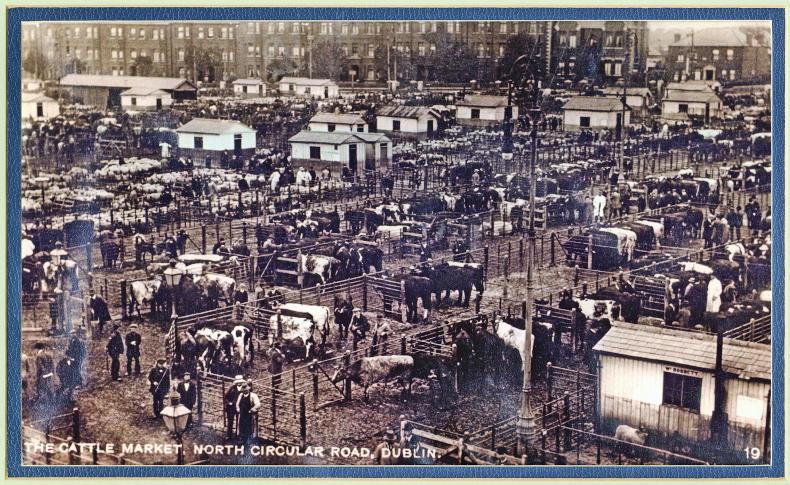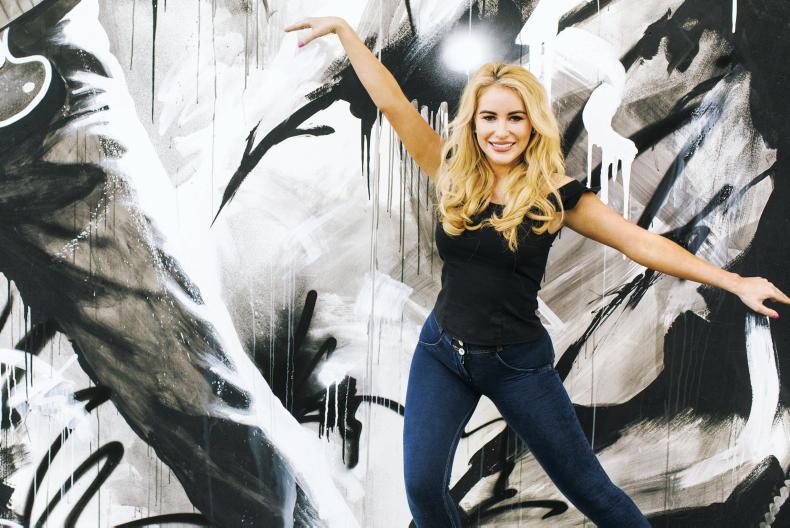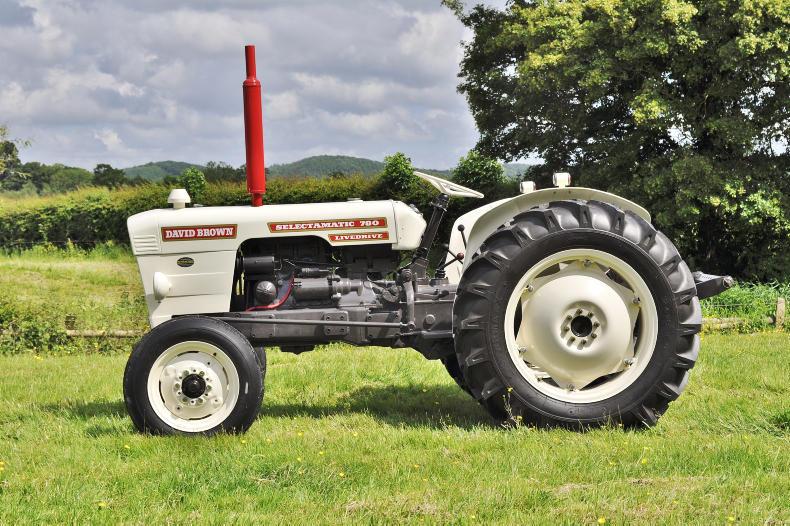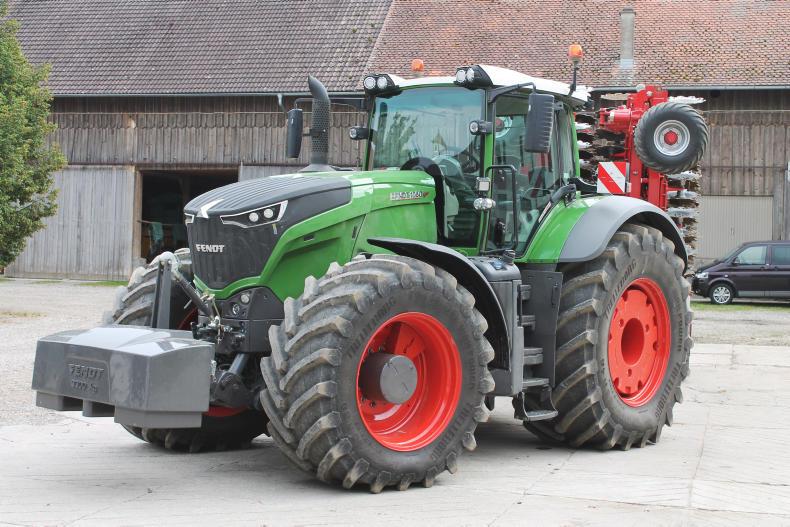Farm mechanisation as we know it today was starting to evolve at the beginning of the 20th century. Irish farm machinery innovators were to the fore in many of the new concepts that were to shape the future farm mechanisation trends, so many of which are still part of everyday farming 100 years later.
The mechanisation village at the Farming and Country Life 1916 event in Athenry will play a significant part in telling the story of Irish farming 100 years ago. Farming was beginning to evolve from the steam engine age; new tractors were being invented along with harvesting machinery built around these new tractors.
Farming was finding new and more cost-effective ways to develop a mechanisation strategy that worked for smaller as well as larger farmers. All of these developments will be reflected in the Mechanisation Village at the Farming & Country Life 1916 event on 10 and 11 June.
The overall aim of the village is to create awareness and to educate the visitors about the levels and methods of mechanisation that existed in Irish farm and country life during the period between the early 1900s and 1930s.
The wide-ranging display of static and working machines will tell a story about the development of farm machinery from the horse, to steam era, through to the combustion engine – with a concentrated focus on the latter two. Central to the Mechanisation Village will be the great success stories of the Irish pioneers of mechanisation, who transformed machinery development on the world stage.
There are stories to be told about each of them from the Ford story, Ferguson story, McCormick story, the story of Pierce of Wexford and the Doyle’s of Wexford story, to name but a few.
During the early 1900s, a number of great Irish innovators were revolutionary in transforming methods of transportation of people and goods and work on the farm. They were hugely instrumental in developing new farming methods of ploughing, sowing and harvesting, often based around the tractor.
Henry Ford
Henry Ford’s parents emigrated from Ballinscarty in West Cork to a farm outside Detroit in the US. Young Henry worked on the farm and set about developing machines to ease the drudgery of working behind the horse.
When he developed the Model T car and van, he also created the Model T conversion, a vehicle where the rear axle could be replaced with a steel wheel tractor axle for use on the farm during the week and then converted back to a car for the weekend.
Henry Ford was the first manufacturer to mass produce tractors, starting with the Fordson Model F tractors in response to World War I, firstly at a plant in Cork, later in Dagenham, UK and Russia.
Record numbers of these affordable tractors were sold across the world and the total number produced exceeded 750,000 units worldwide.
Harry Ferguson
Harry Ferguson started his career by learning about the role of the tractor when he first acted as an agent for the US-built Overtime tractors in Ireland in the early 1900s. This tractor was later to become the John Deere Waterloo Boy, John Deere’s first tractor model sold.
Harry sold more than 250 Overtime tractors in Ireland. It is reported that he first fitted his Ferguson-system integral plough concept to an Overtime tractor before going on to patent the revolutionary tractor three-point linkage system in the late 1920s. That system still operates on almost every tractor in the world today.
Cyrus McCormick
The McCormick name has returned to the tractor world and with good reason as Cyrus McCormick, of Irish extraction, pioneered the development of the first reaper in the US, inventing many models from the 1830s onwards.
Cyrus McCormick’s roots were in Westmeath and there are family connections to that region, many years after the McCormicks left for the US.
Cyrus later went on to revolutionise the reaper and binder concept in the 1870s.
He joined with the Deering company in the US and some others to form McCormick International and later International Harvester.
Today, International Harvester is no longer in the farm machinery business.
While some of that heritage remains in the Case IH brand name, which in turn is now part of the Italian Fiat organisation, which also owns the New Holland brand of farm machinery.
Pierces of Wexford
The Pierces of Wexford family name is as old as that of McCormick International and equally significant from an Irish perspective. The Pierce Foundry on Mill Road, Wexford was for many years the biggest manufacturer of engineering and agricultural machinery in Ireland.
The company was established in 1839 to develop hearth fan or bellows, called the Fire Machine, for lighting fires. The company was particularly successful in the late 1800s, with employment numbers growing from 140 in 1889 to 1,000 people in Wexford by 1914. Pierce Engineering remained in business until 2002
Pierce was exporting horse-drawn farm machinery to Africa and North and South America, Australia and across Europe up until the 1920s. The company had subsidiary sales offices in Paris and Buenos Aires.
Pierce seems to have lost a lot of business during World War I and, while it was important on the Irish market up until the 1950s, it did not fully embrace the opportunities that came with the development of the tractor.
Pierce’s was making threshing machines and a range of ploughs and cultivation machines by the late 1800s. By the time of the 1916 Rising and at the 1916 Royal Dublin Society Spring Show, Pierce was selling a wide range of farm machinery and was considered a multi-national farm machinery company.
Wexford: machinery hub
Other farm machinery companies were established in Wexford at that time. This made Wexford a hub farm machinery manufacturing with significant exports to Britain.
Wexford was a tillage area and so there was good local demand and also a good port of convenience to Britain for the import of coal, an important fuel for the iron foundry business.
Doyle’s established the Selskar Ironworks in the 1860s. A third steel company – the Star Works, or Wexford Engineering – was opened in 1893. Star specialised in making wheel rakes, hay turners, hay carts, tumbler rakes, mowers and ploughs.
By the early 1900s, Ireland was a nett importer of farm machinery, as many firms concentrated on sales rather than manufacturing. A range of firms such as Atkins of Cork; Boyd’s of Limerick; McKenzies of Cork and Dublin; Lenehan’s of Capel Street, Dublin; Keenan of Fishamble Street, Dublin; Sheridan’s of Dublin; McGee’s of Ardee; and Thompsons of Dublin and Carlow, were importing, selling and repairing a range of British- and American-built farm machinery.
As their influence grew, it impacted negatively on the indigenous Irish manufacturers. The result was that farm machinery design and manufacture declined.














SHARING OPTIONS